Dampness is a common problem in buildings, which refers to the access and diffusion of moisture content into houses through its walls, floor, roof, etc.
The aim of the construction is to provide an impermeable boundary so that the capillary action is destroyed. Dampness not only weakens the structure of the building but also harms the health of the inhabitants.
It is crucial to take measures to prevent dampness during the process of constructing the buildings. These measures are known as damp-proofing.
Sources of Dampness
Construction defects: Factors like improper planning of drainage, defective pipe fittings, improperly sealed construction joints, lack of proper slope in a roof are responsible for dampness.
Condensation: Dampness is also caused due to the condensation of atmospheric moisture, which is stored on walls and ceilings.
Moisture content from the ground: The materials used for the foundation and floors absorb moisture content from the soil, and spreads up to the surface of the building by capillary action.
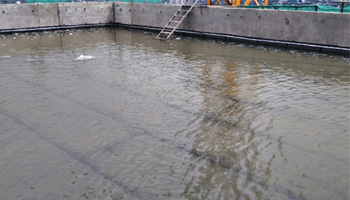
Splashing of rain: The accumulated water during raining enters the walls and causes dampness.
Exposed top of wall: If the top of the parapet is not provided with proper damp proofing, then it causes dampness.
Effect of Dampness
The effect of dampness leads to the following outcomes:
- Rough patches start appearing on the walls and ceiling.
- Plaster on the walls weakens and crumbles.
- Metal components of the building corrode, and electrical fittings get damaged.

- Woodwork decays and the materials used for wall decorations such as paints and wallpapers are damaged.
- Stones, bricks and tiles deteriorate due to efflorescence that is the appearance of a white, pale substance that sticks to the stone or concrete walls when water steeps through.
- Dampness leads breeding of mosquitoes, growth of termites and germs that carry diseases like tuberculosis and asthma.
Materials for Damp proofing
Flexible materials such as bituminous materials, plastic sheets, metal sheets of copper, lead, etc.
Semi-rigid materials like mastic asphalt and rigid materials like impervious bricks, stones, slates, cement mortar or cement concrete painted with bitumen etc.
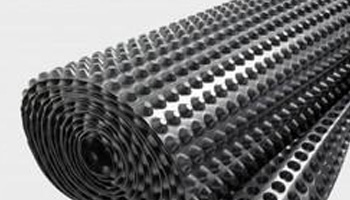
Mortar and Cement concrete with damp proofing compounds, coarse sand layer and continuous plastic sheets under floors are also used for damp-proofing.
Principles of Damp proofing
The common principles in damp-proofing are as follows:
- The damp-proofing course should not be kept open on the surface of the wall.
- The lap should not be less than 100 mm at any point if sheets or mastic asphalt materials are used for damp proofing.
- Damp proofing course should be continuous at joints and corners.
- The mortar bed prepared to receive a damp-proof course should be levelled on the surface.
- The damp-proof courses should be continuous at vertical and horizontal junctions, and a cement mortar fillet of about 75 mm should cover the joints.
Methods of Damp proofing
There are different types of treatments used to avoid or prevent dampness in different parts of the building, and they are mentioned as follows:
Foundations
An air drain of 200 - 300 mm is constructed parallel to the wall to protect the foundations of outer walls. Horizontal and vertical damp - proof courses are also given to foundations, and the drain is covered with RCC slab, and gratings are provided at regular intervals.
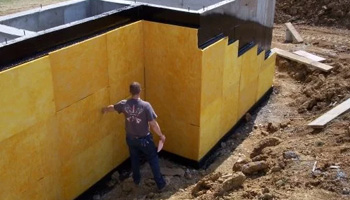
Treatment for floors
A layer of coarse sand, 75 - 100 mm thick is provided over the entire area under the flooring which serves as DPC. If soil is wet, a membrane DPC is provided over the floor area on which bricks are laid and then usual flooring is provided above it.

Treatment for walls
Walls should be protected from dampness at plinth level, and also at the top of the parapet. The plinth level should be 450 mm above ground level and should not be less than 150 mm at any condition.

The top of the parapet should be provided with capping over the DPC over a concrete bed of thickness 100 - 120 mm and also wall needs DPC at the edge of the roof slab.
Check Out: Why Waterproofing is Important to your Construction?


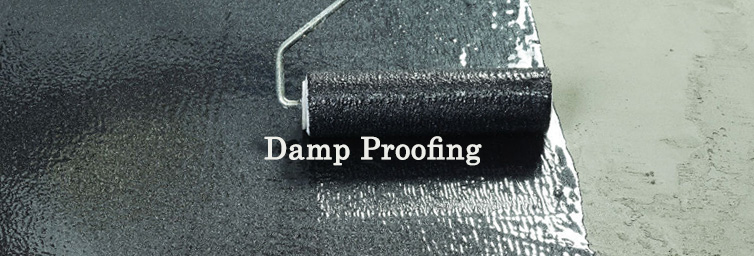











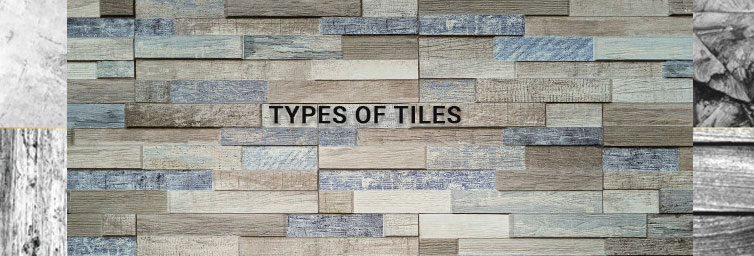





Ishwaranand
posted on May 30, 2020 12:14:07 PM